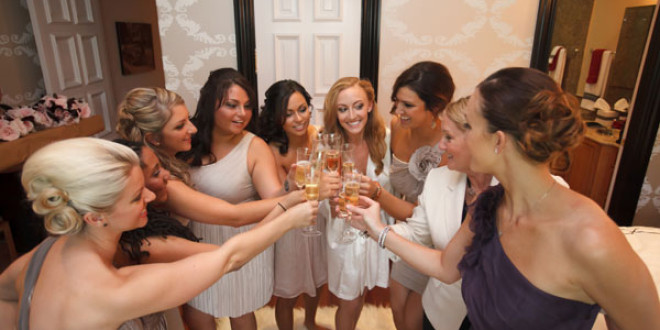[ad_1]
It’s believed that photography was discovered around 1825 but officially at least, Daguerre invented photography in France in 1839. It was in this year that ‘photography’ was made public – or rather his particular process was. That invention was eventually viewed as a revolution in the arts.
Photography today has little to do with the “photography” invented in 1839.
Today, almost everyone can have a camera and quickly record daily events – the digital invention has revolutionised photography.
However, a common challenge that the early as well as today’s photographers have had to deal with is how to achieve correct photographic exposure, consistently? Photographers of all kinds have been conditioned to trust implicitly their in-built camera meter.
Far too many photographers shoot at whatever their camera meter suggests. But does the meter always give you the correct exposure?
While today’s light meters are excellent, they’re not infallible – in some situations their results are unpredictable and often disappointing.
For instance, Imagine you’re photographing a bride with a white dress, the groom wears a black suit and a light blue shirt. The sun is almost from behind them. How are you going to meter this scene? How will you get the blacks black, the whites white and the light blue likewise?
If you accept the value that your camera meter gives you, most likely you’ll end up with either an overexposed or underexposed image. Do you know why? How does a light meter suggest a value in a given situation?
To answer these questions we need to understand how a light meter works.
Everything about exposure comes down to the amount of light reflected by objects. Exposure meters measure this light and provide exposure recommendations.
Light meters come in two general types: meters that measure what is called incident light and meters that measure reflected light.
Incident light meters measure the light that falls on the subject from the source of light. Reflected light meters measure the light that bounces off the subject to the camera.
The industry has used a universal standard for exposure meter calibration. Subjects vary greatly in their reflectance. For this reason the camera in-built meter is programmed to be based on the luminance of light which is reflected from an object appearing as middle grey, 18% tone.
In our example above, if we simply accepted the value given by the meter the result would all be related to this 18% value. The black suit would be less black, the white dress would be white grey and the colour of the shirt would be darker.
How does this knowledge affect correct exposure? In certain situations the photographer has to adjust the meter value to obtain a correct exposure. But by how much? Is there an easy method that that can answer that question? Yes! The Zone System introduced by Ansell Adams.
[ad_2]
Source by Carlos Pereira

